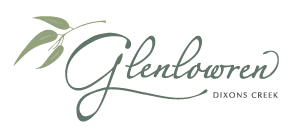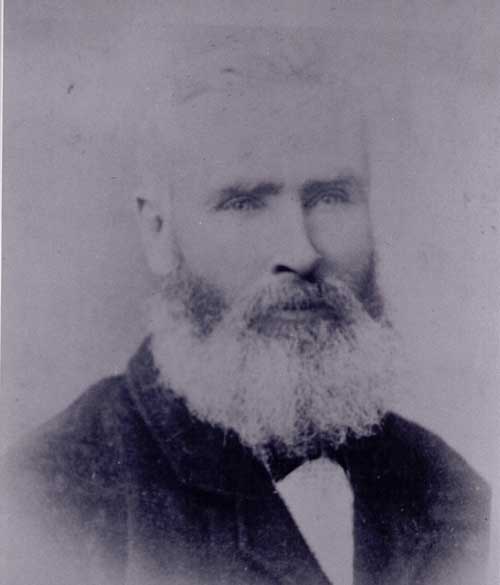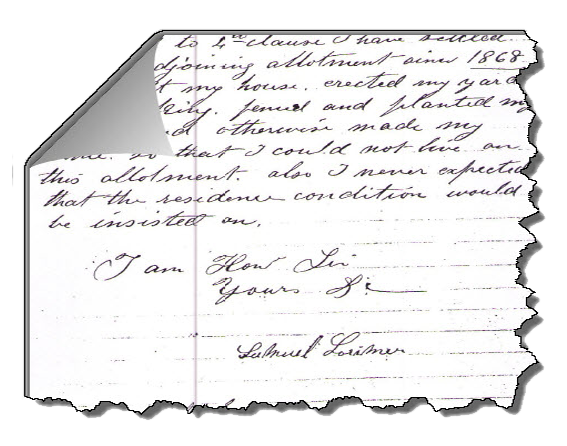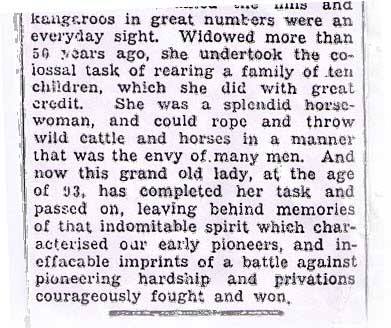Glenlowren is the site where the pioneering Lorimer family settled in the Yarra Valley, forged a farming lifestyle and raised a family of 10 children.
In 1854 at the age of 19, Samuel Lorimer arrived in Melbourne Australia together with his brother, on the Queen of the Seas. Samuel was borne to a farming life as a son of an Irish farmer, James Lorimer and his wife Sarah (nee Simpson). Historical facts are scarce as to his activities prior to arriving in the Yarra Valley.
But in 1867 when Samuel, aged 32, married Mary Ann McPherson, aged 22; he married into one of the biggest land owner families in the Yarra Valley and carved his own place in its history.
In 1871, the couple moved from Christmas Hills to Dixons Creek, bought block 15D from Mary Ann’s brother, William and built their home. Over the ensuing years Samuel obtained licences to occupy several adjoining allotments, including Block 13C, the site of Glenlowren B & B. Block 15D is still the site of the main homestead
The Land Act of 1869, in comparison with current laws, was harsh, demanding and bordering on bribery. Under this Act, settlers were required to obtain a license for a term of three years; reside on that land for the first two and a half years, fence it and cultivate a certain proportion. Only then could they make an application to purchase that land. Successful applications were not always guaranteed as Samuel was soon to discover.
By this time Samuel and Mary Ann had 6 children and a building with six rooms, cow sheds and outbuildings. He was finally granted the licence. The Lorimers called their land Mt. Hope Farm. It was mainly a dairy farm selling cream and butter to the markets in Melbourne. They also planted fruit trees and potato crops.
He cleared the land on block 13C, built fences and ran cattle on land unfit for cultivation. In 1874 Samuel applied to purchase block 13C but his application was denied as he had not complied with the residential requirement. Despite his labour on the land, new fences and efforts to have the decision overturned; the Minister of Lands stood firm and rejected Samuel’s claim.





